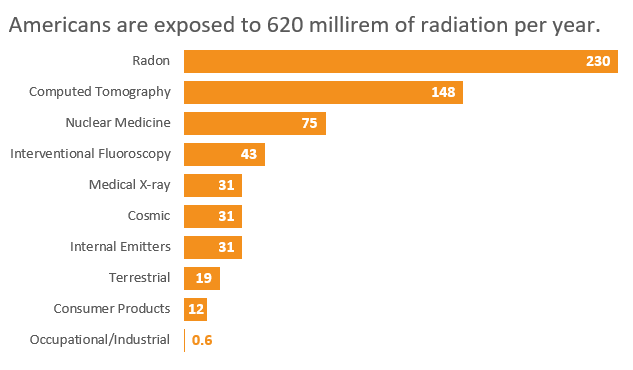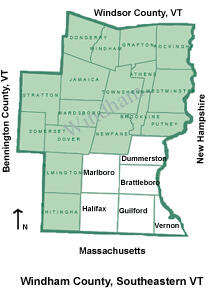About Radiation
Radiation is a form of energy that is present all around us. There are different types of radiation. All may cause us harm with strong exposures. The dose of radiation that a person receives is measured in units called millisievert or millirem.
Some types, called ionizing radiation, may cause harm over time even at low exposures. Ionizing radiation is released by radioactive materials and is measured in units called becquerel or curie.


